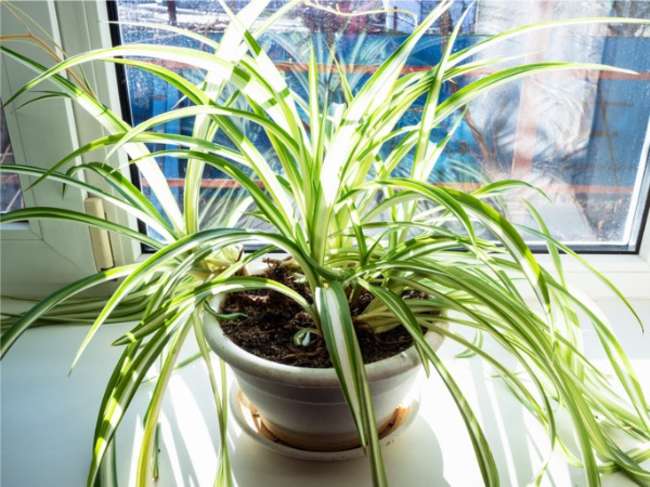We may earn revenue from the products available on this page and participate in affiliate programs. Learn More ›
Cooling Plants
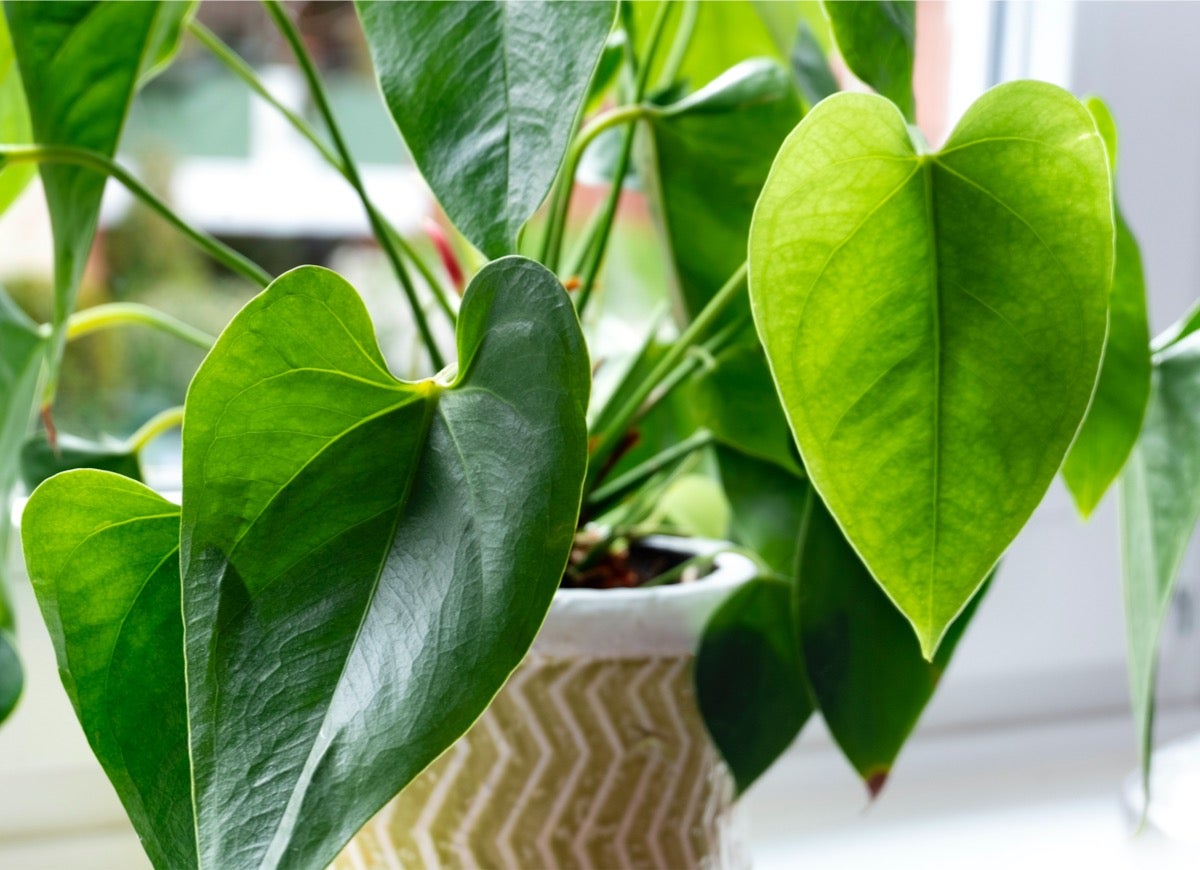
On those hot summer days, sometimes it seems like there aren’t enough ceiling fans in the world to ward off the warm. But fans and air conditioning aren’t your only defenses against the heat. Some popular indoor plants can act as natural coolants, offering a more natural way to lower the temperature in your home and reduce your reliance on cooling appliances that cause energy bills to spike. According to NASA’s Earth Science Study, plants release extra moisture from their leaves back into the air when their environment warms up. This process, known as transpiration, can help get stuffy air flowing and knock a few degrees off your thermometer. Bring a few of these cooling plants into your home so you can start reaping the benefits today.
Ficus
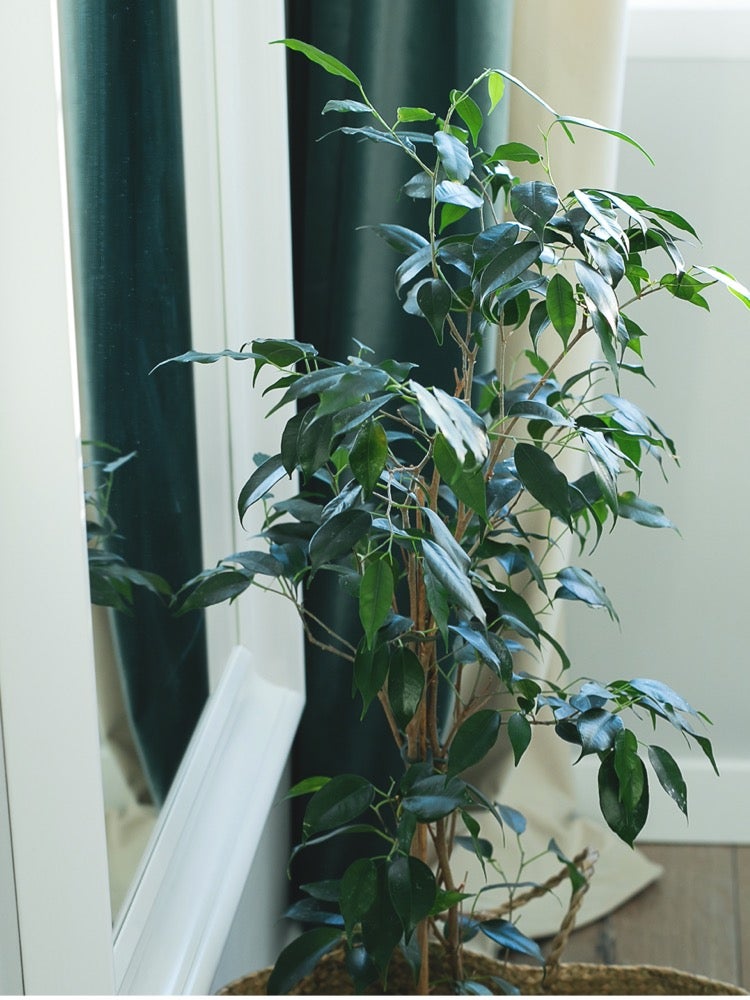
Need a living room statement piece that will also provide a little warm-weather relief? Look no further than the ficus. Also known as Ficus benjamina or weeping fig, this leafy tree is excellent at keeping indoor air moist thanks to its bushy top of glossy leaves. You can even create a mini cooling ecosystem by placing a few other plants from this list around your ficus. Just make sure to keep your ficus hydrated if you position it under direct light.
Boston Fern
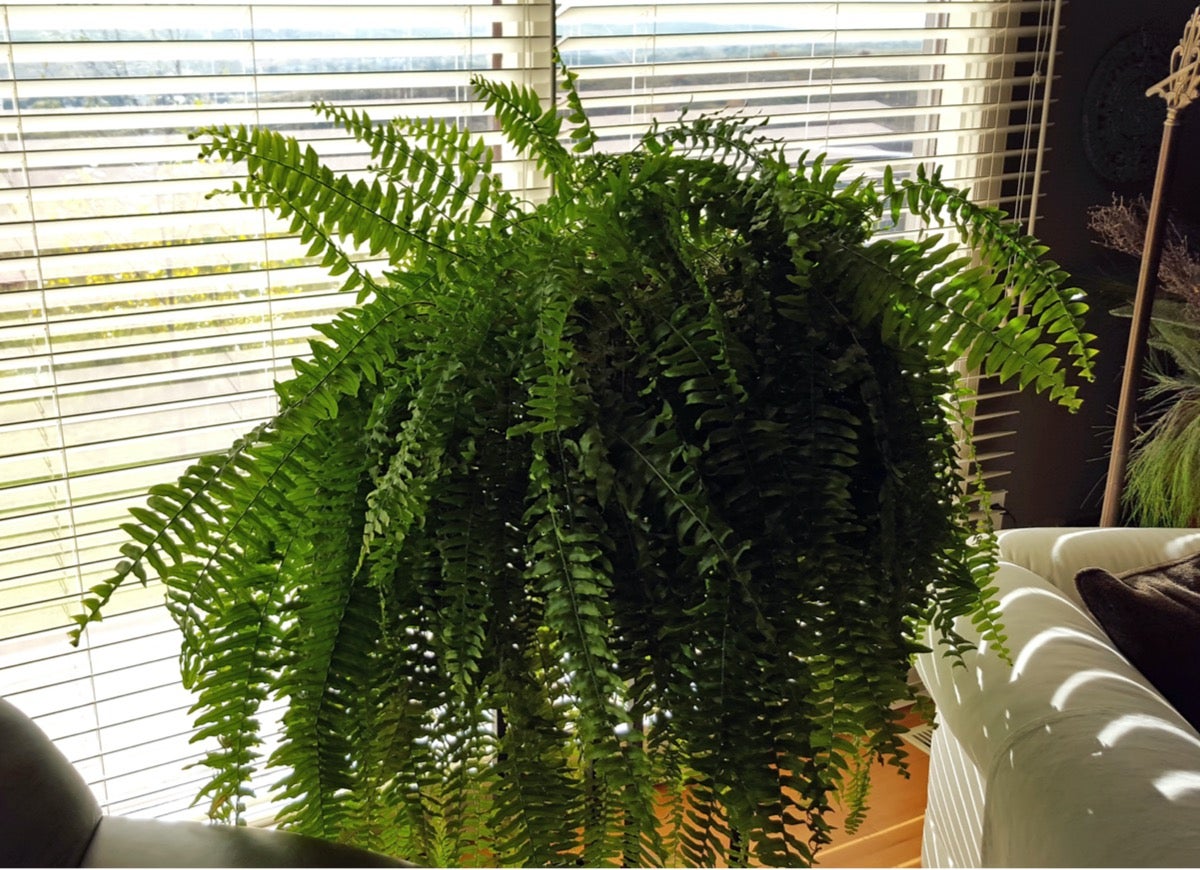
No plant improves indoor air quality quite like a Boston fern. In fact, the NASA Clean Air Study found that this natural air purifier was especially good at removing volatile organic pollutants such as formaldehyde. In addition to filtering out toxins, Boston ferns are great humidifiers too. Dry, sunny spots are a fern’s worst enemy, so be sure to place this super plant in filtered light and mist it regularly.
Aloe Vera
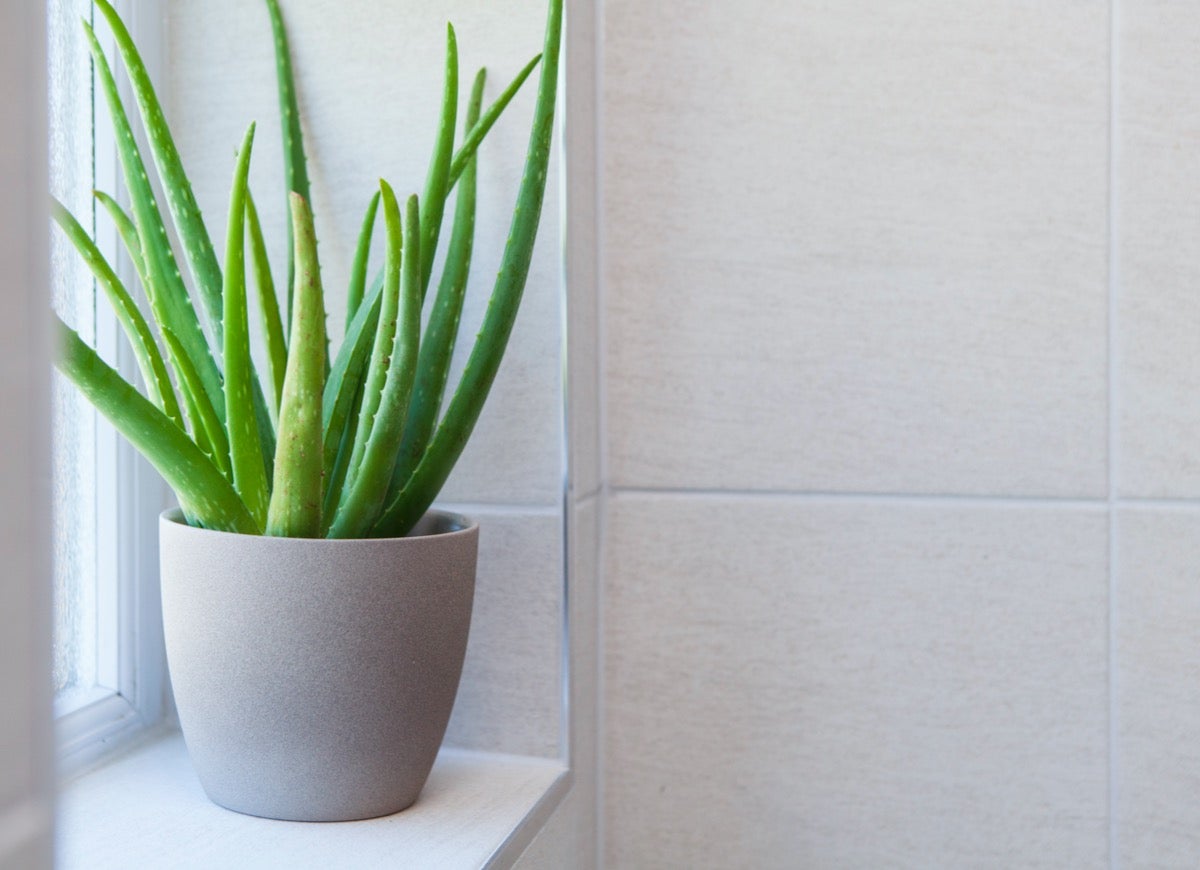
Most people know aloe vera for its ability to cool minor burns and sunburns, but it also has a high water content, which makes it one of the top plants for cooling down the home. Just remember that aloe vera plants love the sun and need to be watered regularly in the summer.
Snake Plant
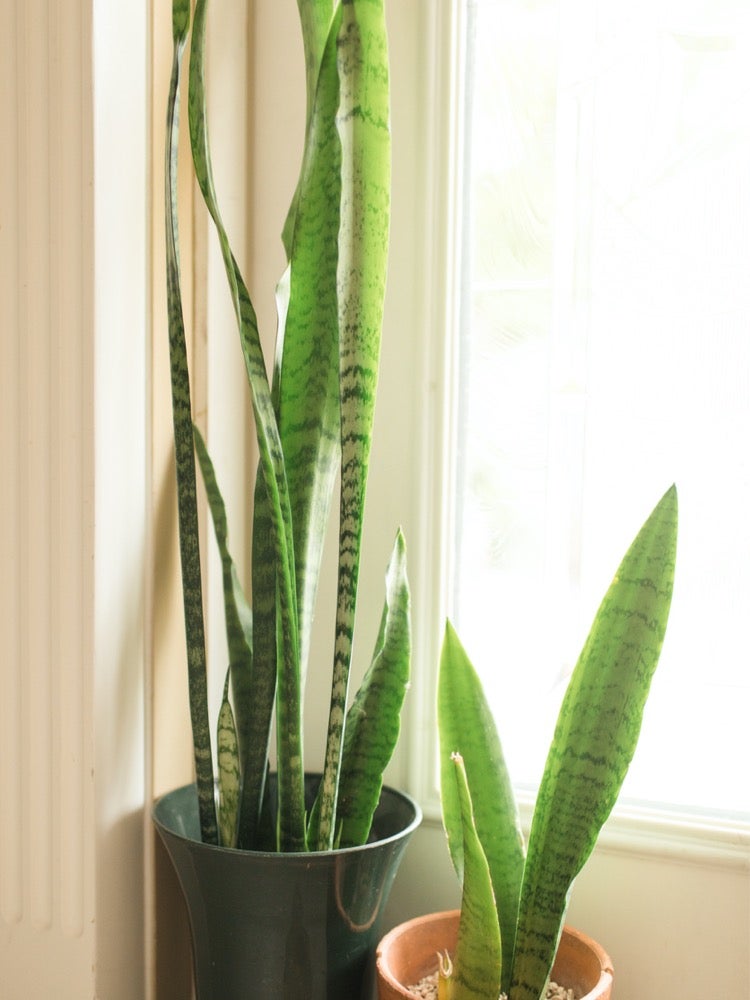
Like aloe vera, the snake plant has a high water content that makes it great at cooling down your home. Also known as mother-in-law’s tongue or Sansevieria trifasciata, it does well in a sunny spot, so you can maximize the cooling effect by placing several of them in a window to help block the sun.
Bamboo Palm
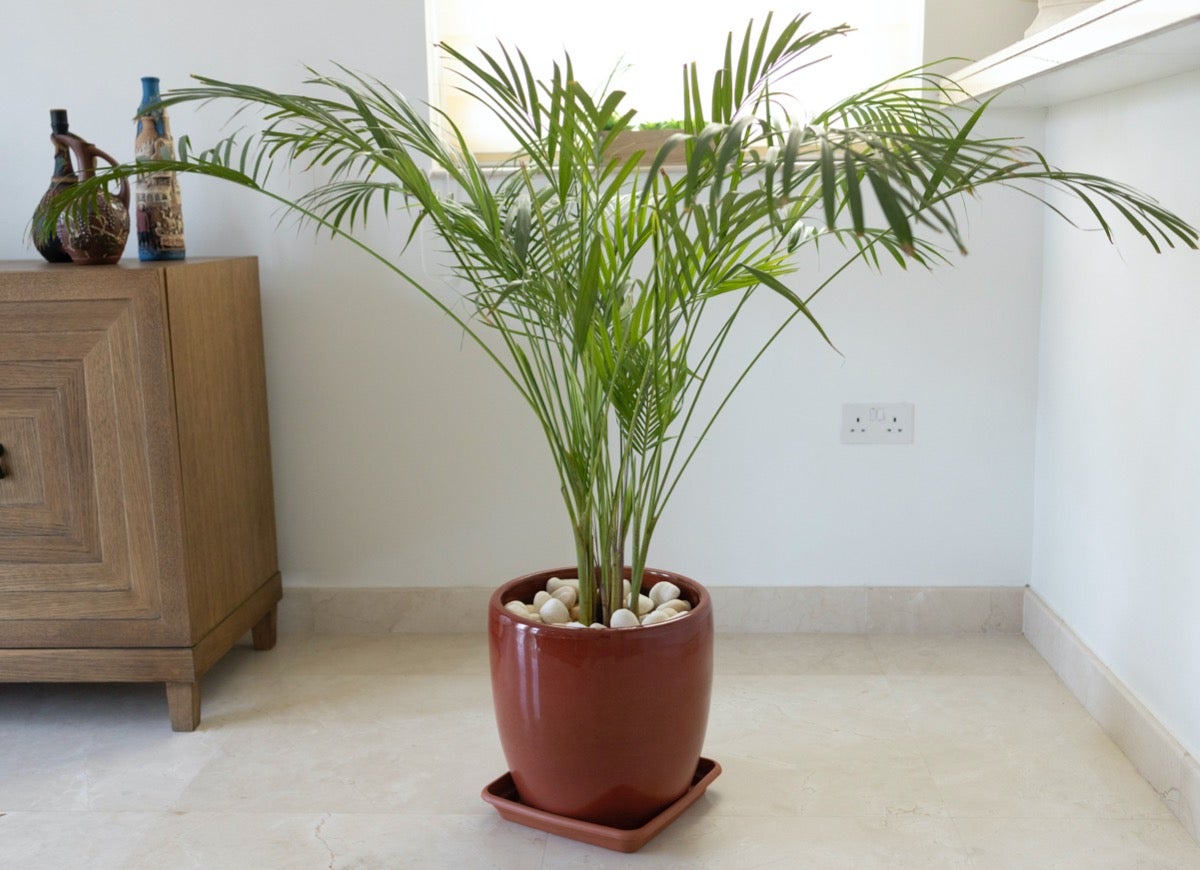
The bamboo palm, or Chamaedorea seifrizii, is a medium-size houseplant that acts as a powerful humidifier. Thanks to its large leaves, this plant can give off some serious cooling effects while also filtering toxins like benzene and trichloroethylene from your home. Keep this palm in indirect light and mist it regularly throughout the summer.
Spider Plant
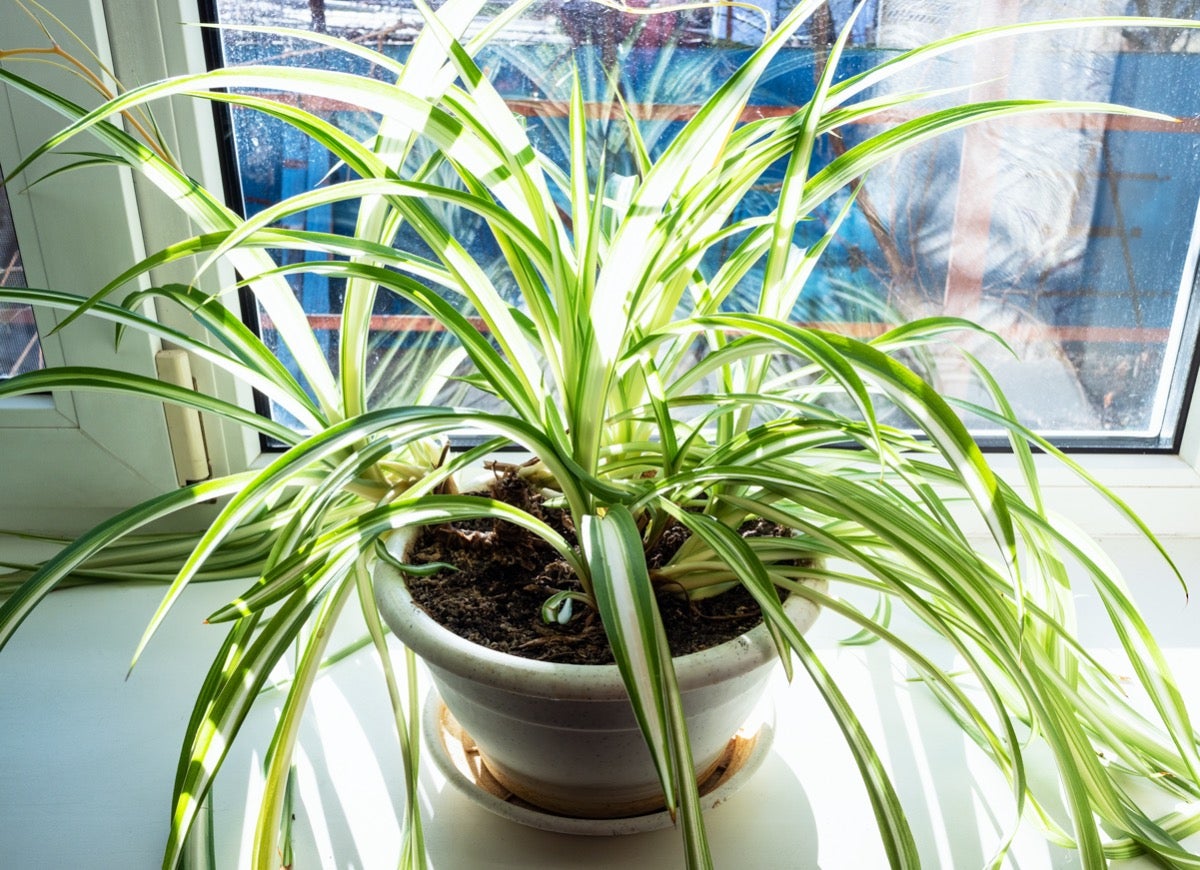
The fact that it thrives with very little maintenance is just one of many reasons you should consider adding a spider plant to your home. Also known as airplane plant or Chlorophytum comosum, this hardy houseplant is an excellent choice for cooling your indoor air and absorbing toxins like formaldehyde and xylene, Spider plants do best in semi-shaded areas, and don’t forget to use a well-drained potting mix.
Peace Lily
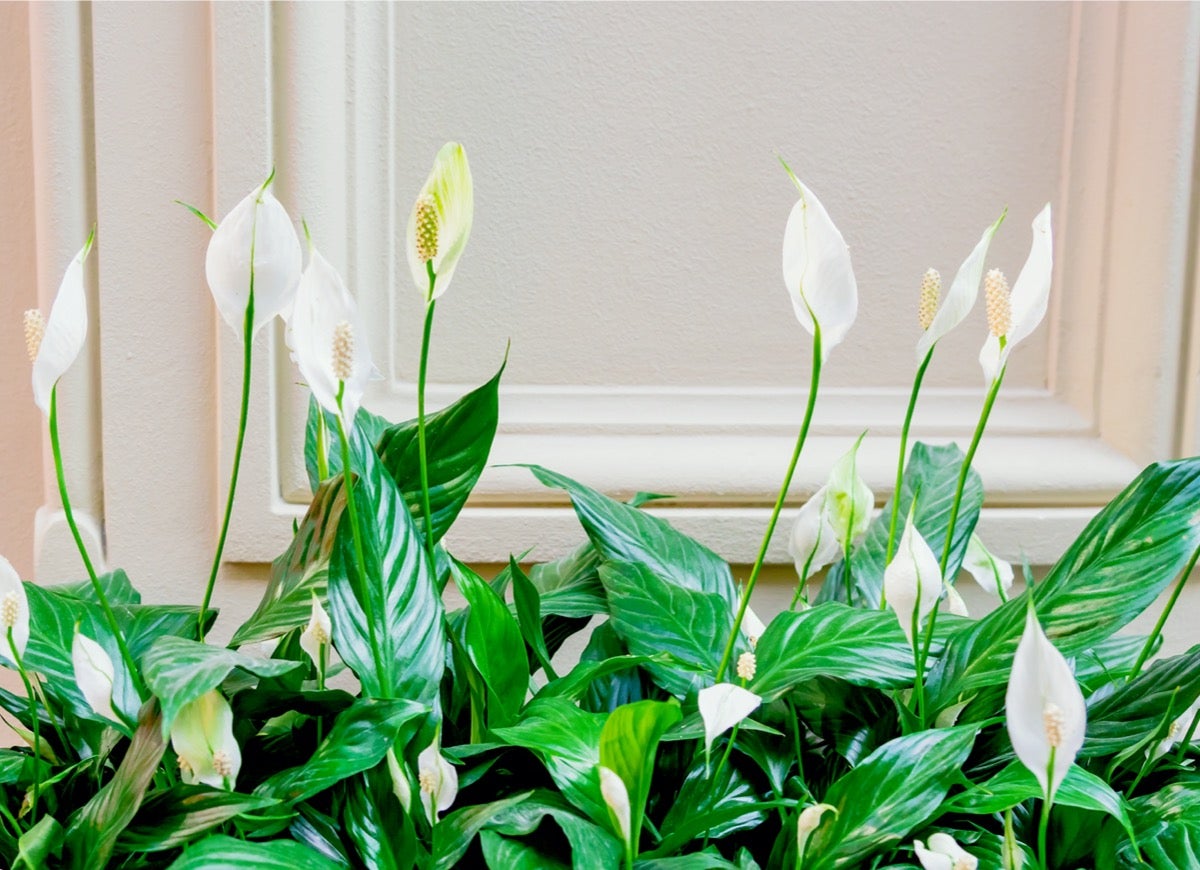
The graceful peace lily can be quite the powerhouse when it comes to transpiration. But you don’t want to play small with this one. If you really want to enjoy the cooling effects of a peace lily, choose one that has lush, large leaves to release the highest possible amount of oxygen and moisture. Peace lilies do best under indirect light. Don’t forget to mist their leaves in drier climates.
Related: The 18 Best Plants for Your Bedroom
Rubber Plant
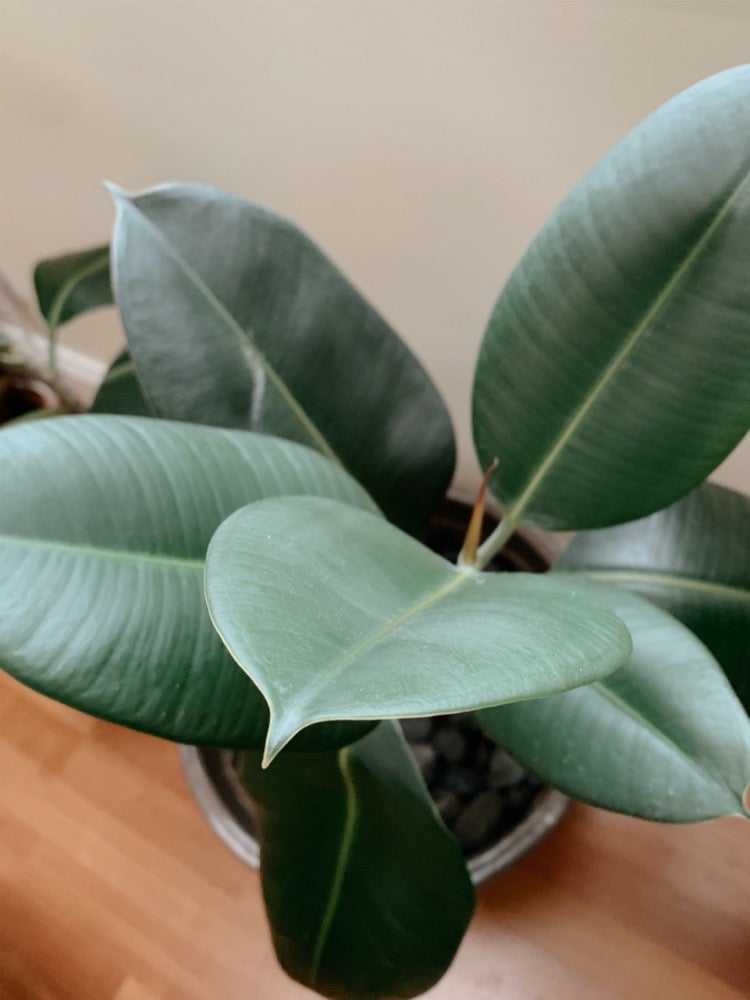
The bigger the leaves (and the greater number of them), the greater the cooling power. That’s why the rubber plant, or Ficus elastica, can make such a big difference in air quality. Even the smallest rubber plant has relatively large leaves, which are also great for removing toxins like formaldehyde. You want to keep the soil of your rubber plant evenly damp, so be sure to give it small doses of water often.
Pothos
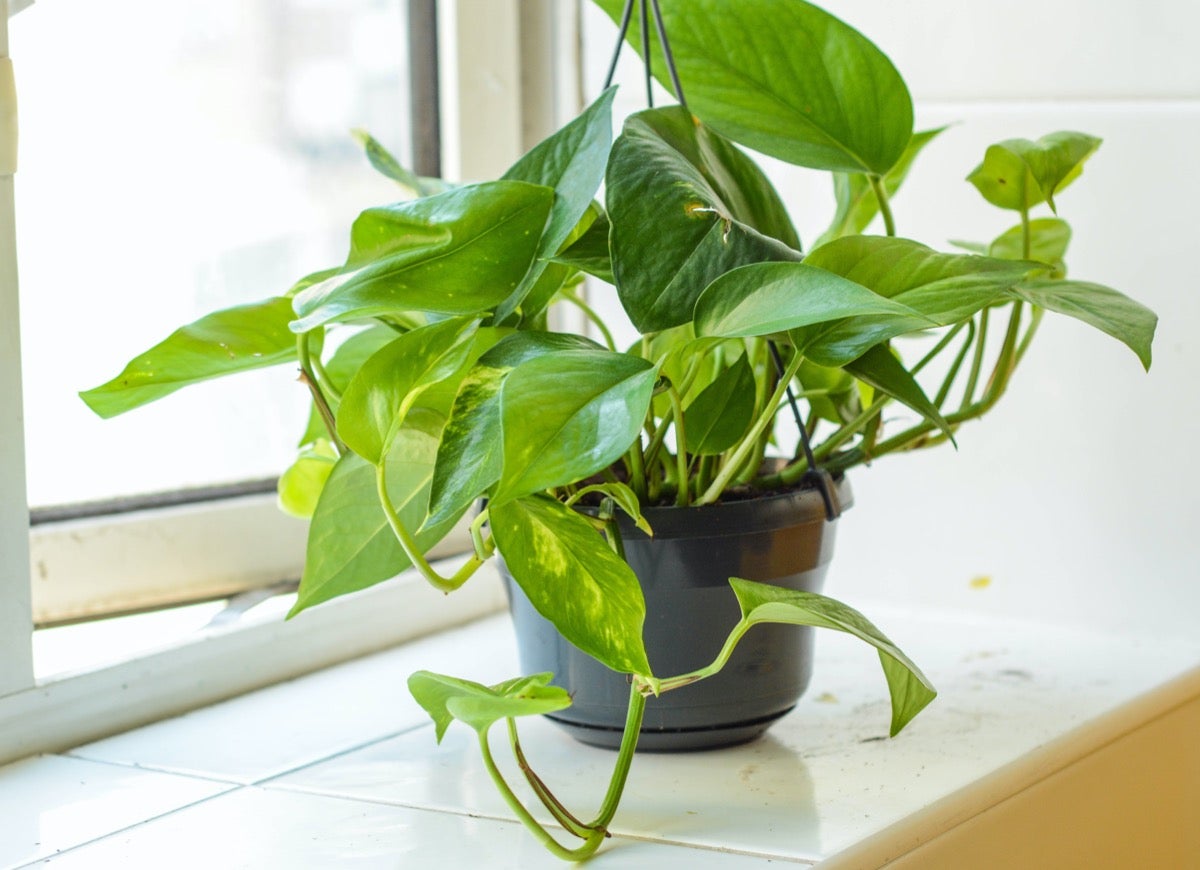
If you’re looking for something low maintenance, consider adding a golden pothos to your army of cooling plants. Also known as devil’s ivy, money plant, or Epipremnum aureum, this plant has large, heart-shaped leaves that make it a top choice for humidifying. And like many of the plants on this list, it’s also been shown to remove toxins like formaldehyde, benzene, xylene, and carbon monoxide. These plants will do best when under indirect sunlight.
Chinese Evergreen

Not only will a Chinese evergreen (or Aglaonema) help rid indoor air of harmful toxins, but it also has a high transpiration rate, which makes it effective for humidifying your home and cooling down indoor temperatures. There are many varieties of Chinese evergreen, but if your goal is cooling down, choose one with lush foliage.
Areca Palm

While the areca palm is last on this list, it is certainly not least. This beautiful plant is an excellent home humidifier, and it was also declared by NASA to be one of the best air-purifying plants. Adding an areca palm to your home can help remove formaldehyde, toluene, and xylene from the air. This plant thrives in bright, but indirect, sunlight and slight shade.

Our Best Advice for Beginner Gardeners
We’ll help you set up your first garden—whether that’s a few pots on your patio, a raised bed, or an in-ground plot out back—and select the right plants for your soil and region.
